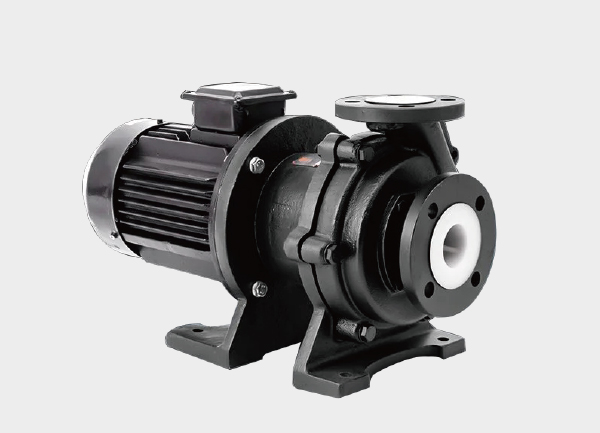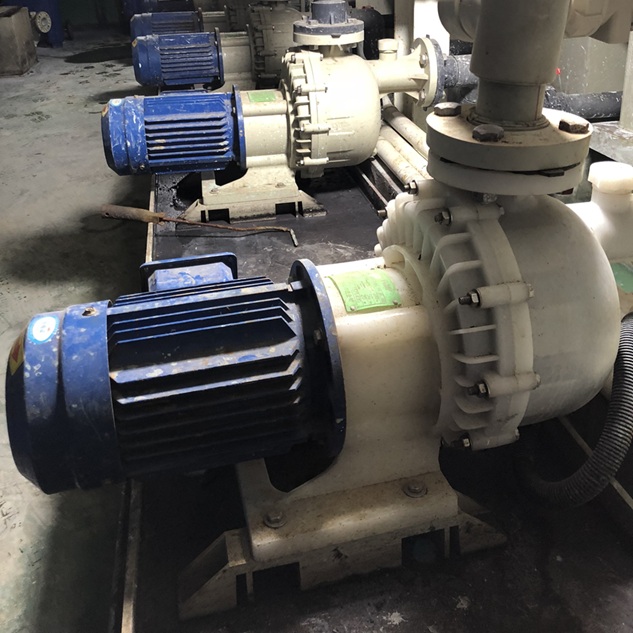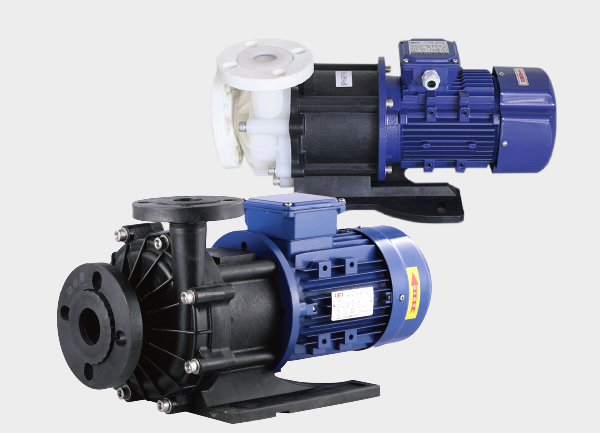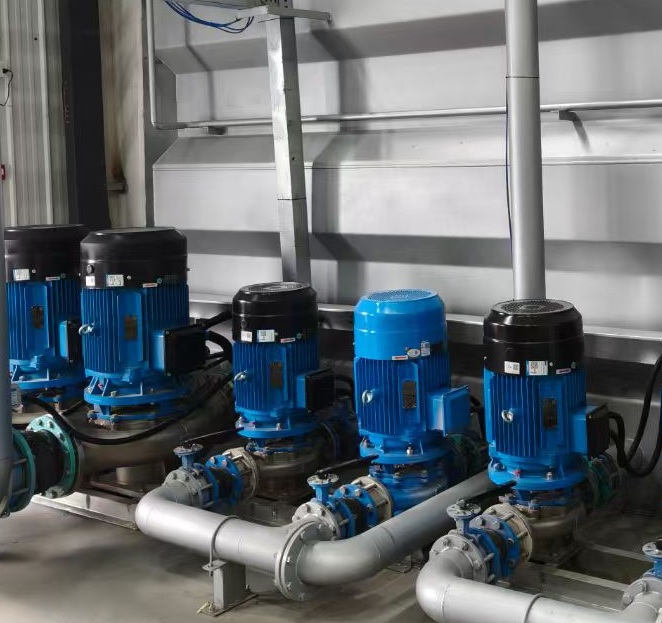Vertical pumps—such as vertical centrifugal pumps, vertical inline pumps, and vertical multistage pumps—are widely used in water supply, wastewater treatment, HVAC, and chemical processing systems. Their compact structure and vertical installation design save floor space but also bring unique operational challenges.
This guide summarizes the most common problems of vertical pumps, grouped by fault type, with detailed symptoms and root cause analysis for faster troubleshooting and maintenance.
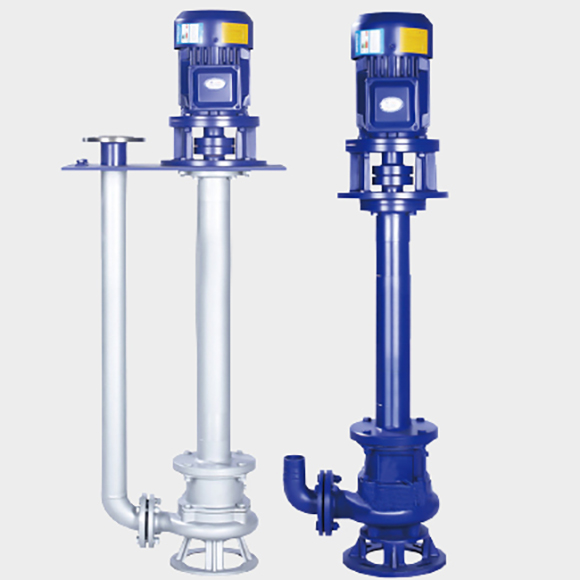
1. Startup Problems: Pump Fails to Start or No Liquid Discharge
Startup is the stage where vertical pump faults occur most frequently, often related to power supply, mechanical blockage, or suction conditions.
| Problem | Typical Symptoms | Core Cause Analysis |
|---|---|---|
| 1. Motor fails to start | Motor does not respond, hums but does not rotate | – Power issues: power outage, loose connections, or voltage deviation (±10% from rated) – Motor issues: winding short circuit or grounding, bearing seizure – Mechanical blockage: impeller jammed by debris (stones, fibers), bent or deformed shaft |
| 2. Pump starts but no liquid output | Motor runs normally, but no flow or very low flow | – Suction pipeline leaks (flange sealing failure, cracked pipe) – Suction lift too high (typically ≤5m for vertical pumps) – Impeller or foot valve failure: impeller cracked, valve jammed or leaking – Air inside pump: not primed before startup, or suction tank level below inlet |
2. Performance Problems: Low Flow or Head, Cavitation
Performance issues during operation usually stem from pipeline resistance, wear, or fluid characteristics, reducing system efficiency.
1. Insufficient Flow or Head
Symptoms: low pressure gauge reading, slow water delivery.
Causes:
Piping issues: inlet/outlet clogging (scale or debris), suction leaks, valves partially closed.
Impeller wear: eroded or corroded impeller, clogged channels.
Speed issues: motor running below rated RPM (wrong wiring, VFD misconfiguration).
Fluid properties: high viscosity or density exceeding pump design range.
2. Cavitation Noise Inside Pump
Symptoms: sharp “crackling” noise, flow fluctuation, long-term damage to impeller.
Causes:
Low suction pressure: excessive suction lift, small suction pipe diameter, or low tank level.
High liquid temperature: higher vapor pressure causes bubble formation.
Impeller erosion: worn inlet edges lowering local pressure.
3. Seal Leakage: Mechanical Seal or Packing Seal Failure
Because vertical pumps operate with axial gravity on the seal components, shaft sealing leakage is one of the most common issues.
1. Mechanical Seal Leakage
Symptoms: continuous dripping (more than 10 drops/min) or spraying, accompanied by heat buildup at the seal chamber.
Causes:
Damaged sealing faces: worn or scratched rotating/static rings, poor face alignment.
O-ring failure: aged, deformed, or cracked rubber seals.
Spring problems: fatigue, breakage, or incorrect compression.
Shaft sleeve issues: wear or eccentricity caused by bent shaft.
2. Packing Seal Leakage
Symptoms: excessive leakage (beyond normal dripping) or overheating/smoking when overtightened.
Causes:
Worn or aged packing, or wrong material selection for corrosive fluids.
Improper installation: packing gland too loose/tight, incorrect joint stagger, insufficient layers.
Shaft wear: scored or rough shaft surface enlarging clearance.
4. Excessive Vibration and Noise
Due to the long-shaft design, vertical pumps are highly sensitive to imbalance and misalignment. Persistent vibration accelerates wear and leads to seal failure.
Symptoms: strong vibration (>0.08mm amplitude), humming, rubbing, or knocking sounds.
Causes:
Shaft misalignment: motor and pump shafts not properly aligned during installation or due to foundation settlement.
Impeller imbalance: corrosion, uneven mass distribution, or debris adhesion.
Bearing problems: worn bearings, poor lubrication, or wrong grease type.
Foundation or piping issues: loose anchor bolts, cracked concrete base, excessive piping stress.
Cavitation impact: cavitation-induced microvibrations and noise.
5. Motor Problems: Overheating or Tripping
The motor is the power source of the vertical pump. Most motor failures are related to overload, power quality, or poor ventilation.
1. Motor Overheating
Symptoms: motor surface temperature >80°C, burnt smell or insulation odor.
Causes:
Overload: excessive flow, open discharge valve, or high-viscosity fluid.
Power issues: voltage too high/low (±10%), or unbalanced three-phase voltage (>5%).
Motor defects: winding short circuit, bearing wear increasing resistance.
Poor cooling: damaged fan, blocked cooling fins, or ambient temperature >40°C.
2. Motor Tripping
Symptoms: sudden stop during operation, breaker or relay trip.
Causes:
Overload protection: impeller blockage, excessive resistance.
Short circuit: damaged motor windings or terminals.
Ground fault: insulation breakdown causing grounding.
Bearing seizure: bearings locked up, motor stalls and overcurrent trips.
6. Preventive Maintenance for Vertical Pumps
To extend service life and reduce downtime, implement the following preventive measures:
Routine inspection:
Check seals, bearing temperature (≤70°C), and vibration levels weekly.
Clean impeller and suction strainer monthly.
Replace bearing grease quarterly (use lithium-based or recommended grease).
Precision installation:
Ensure motor–pump shaft alignment: radial deviation ≤0.1mm, end face ≤0.05mm.
Use solid concrete foundation with tightened anchor bolts.
Operation monitoring:
Record flow, head, current, and temperature during operation.
Avoid dry running, which can burn impellers and seals.
Fluid pretreatment:
Use filters when pumping solids-containing fluids (mesh ≤1/5 impeller inlet).
Choose corrosion-resistant materials (e.g., SS304, fluoroplastic) for chemical media.
✅ Conclusion
By classifying vertical pump problems by fault type and understanding the corresponding symptoms and root causes, operators can quickly locate faults, take corrective actions, and significantly improve pump reliability and lifespan.



